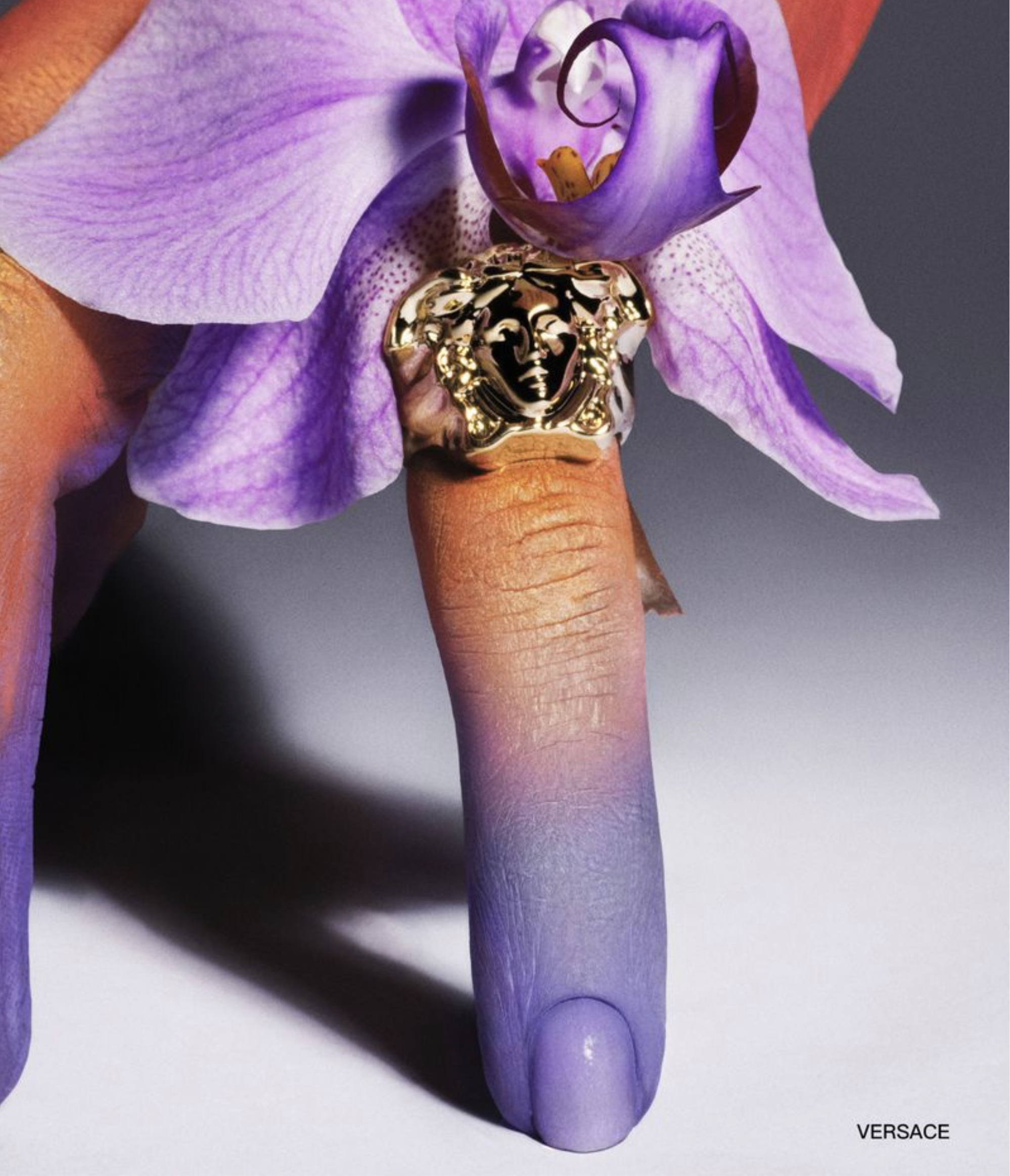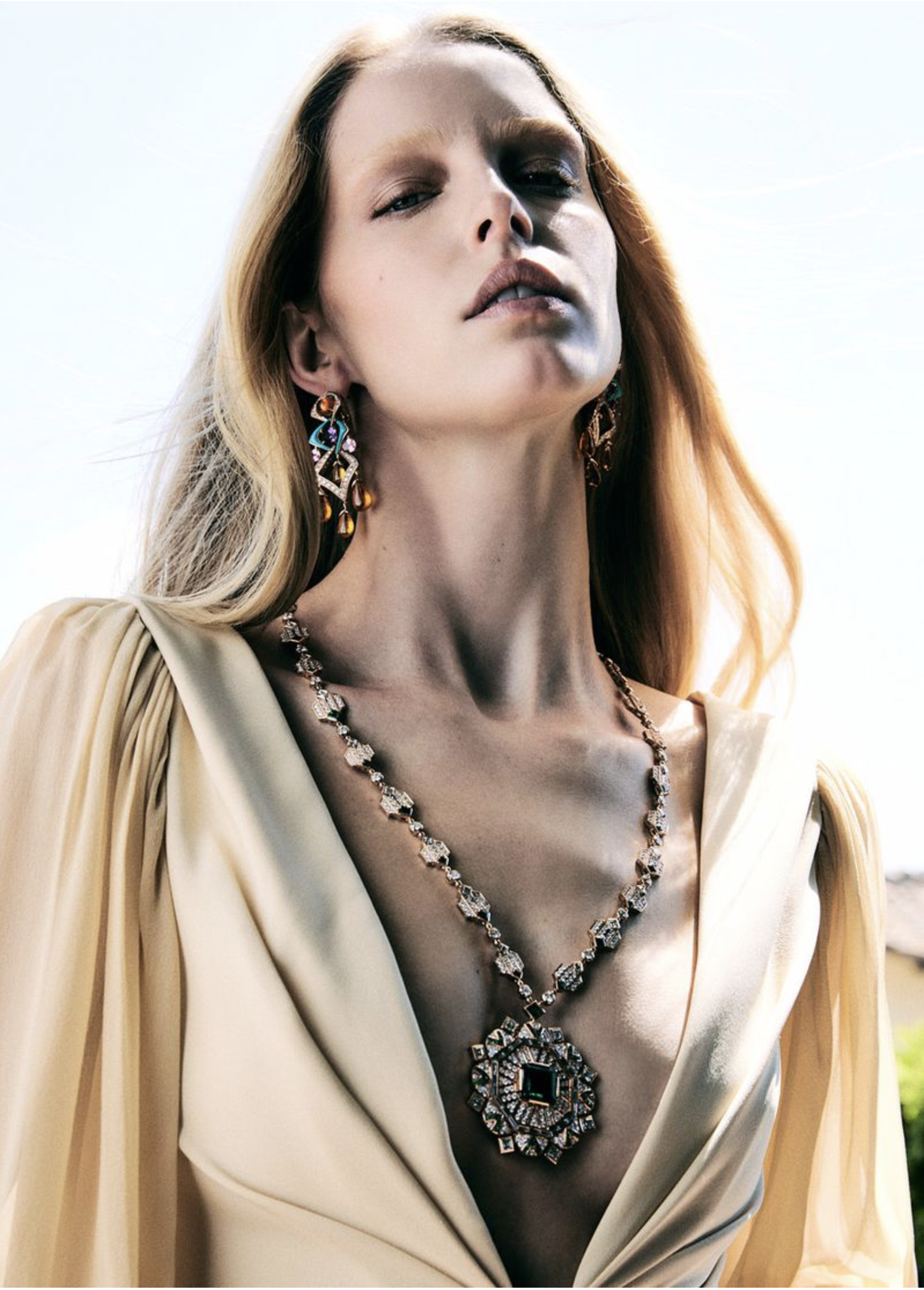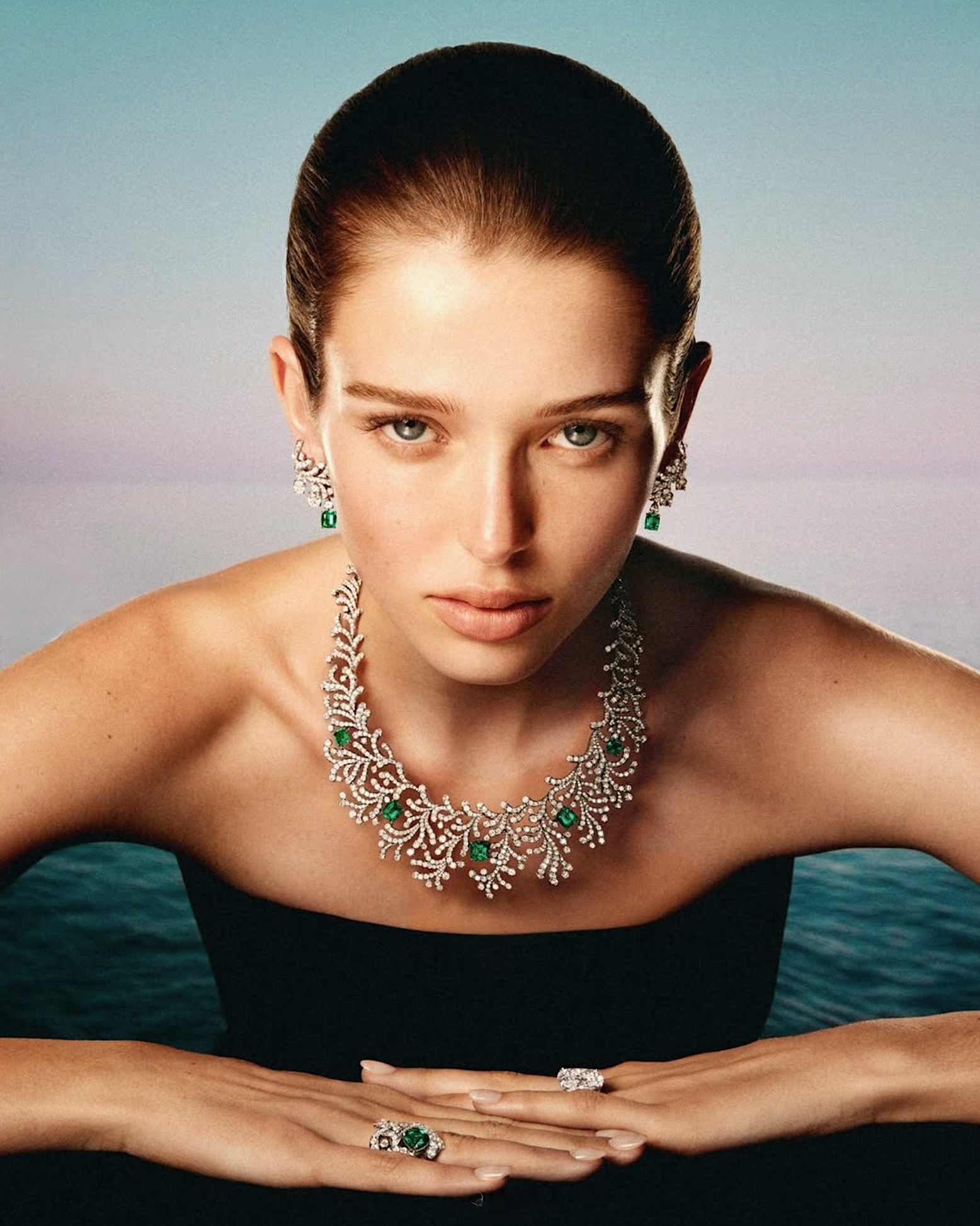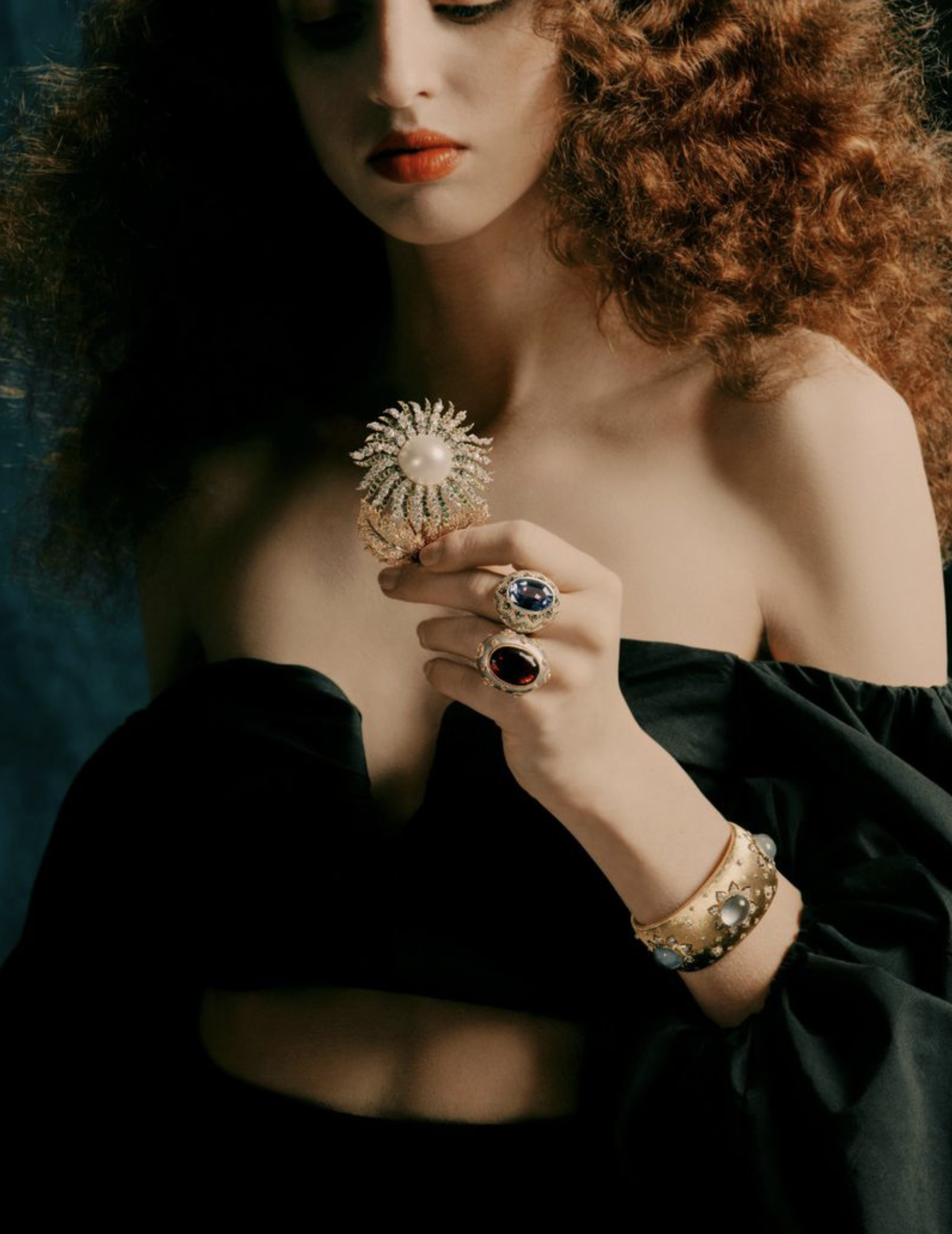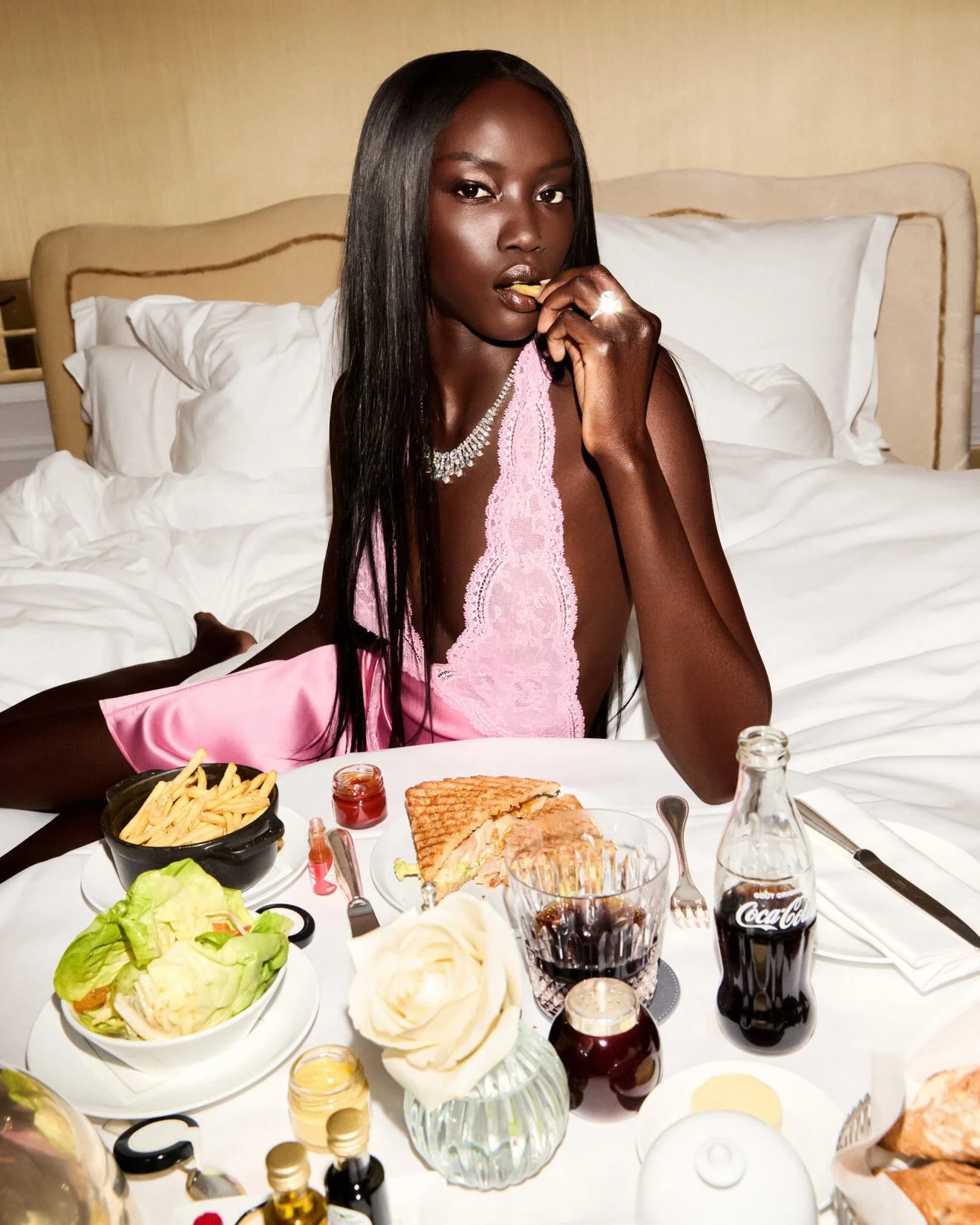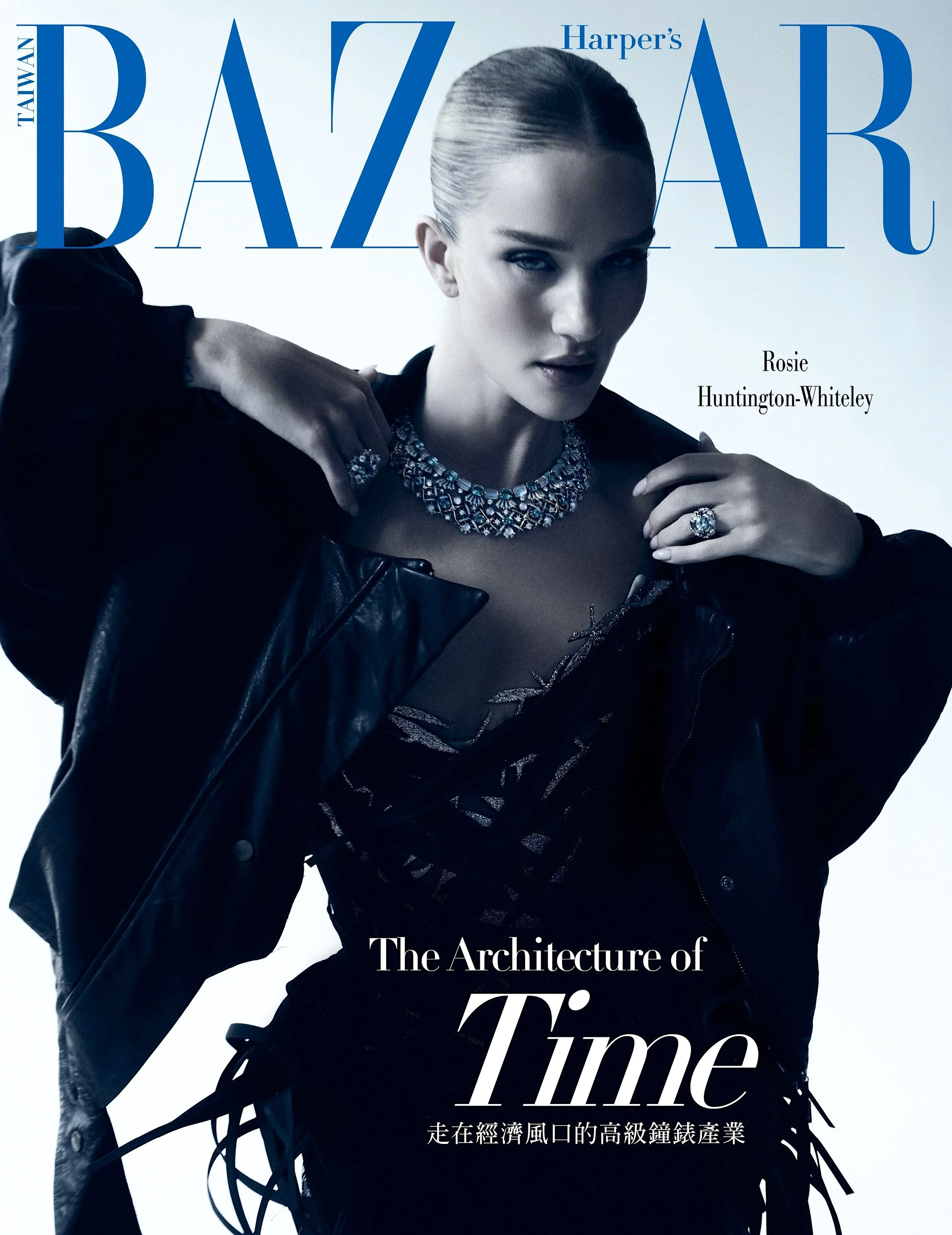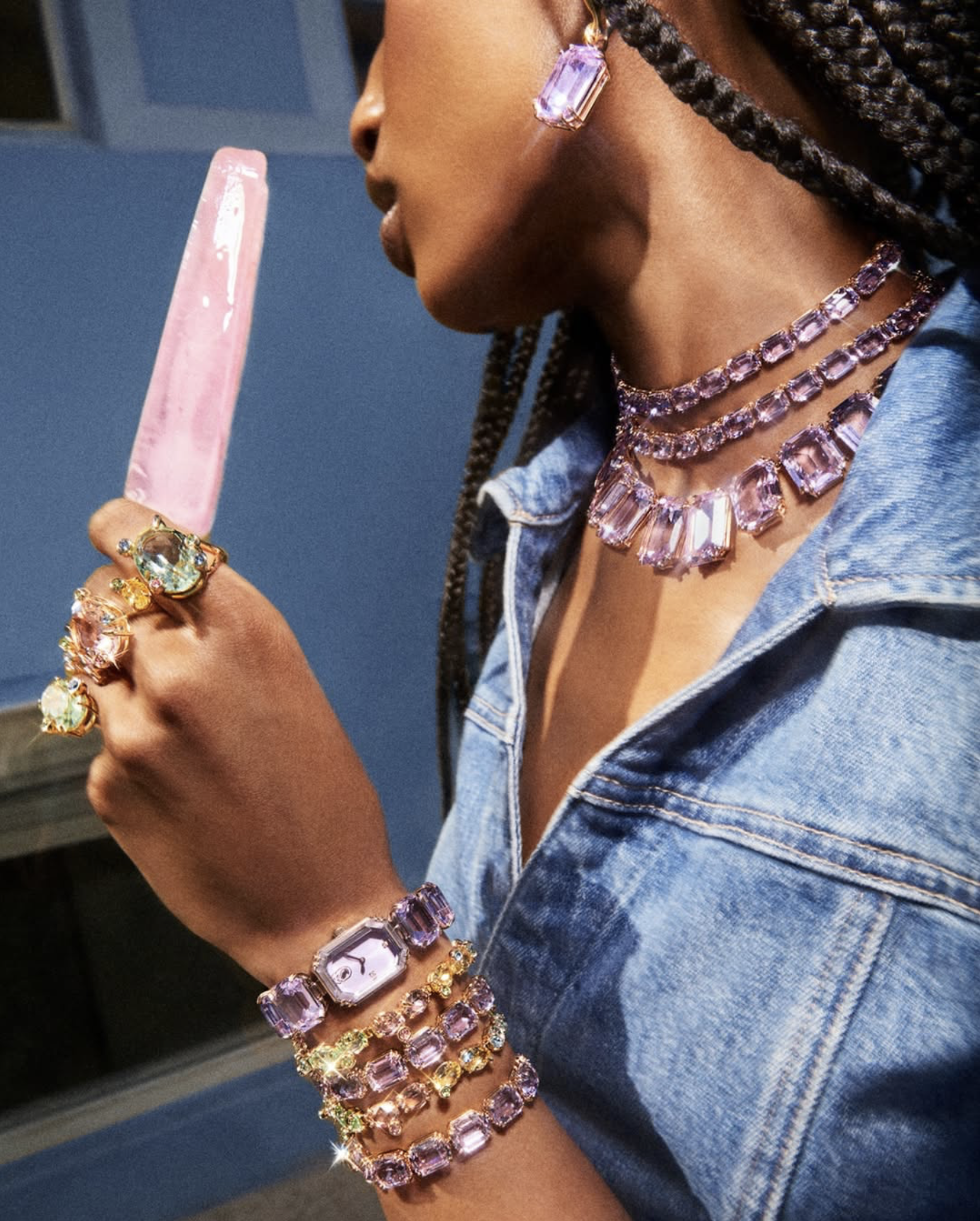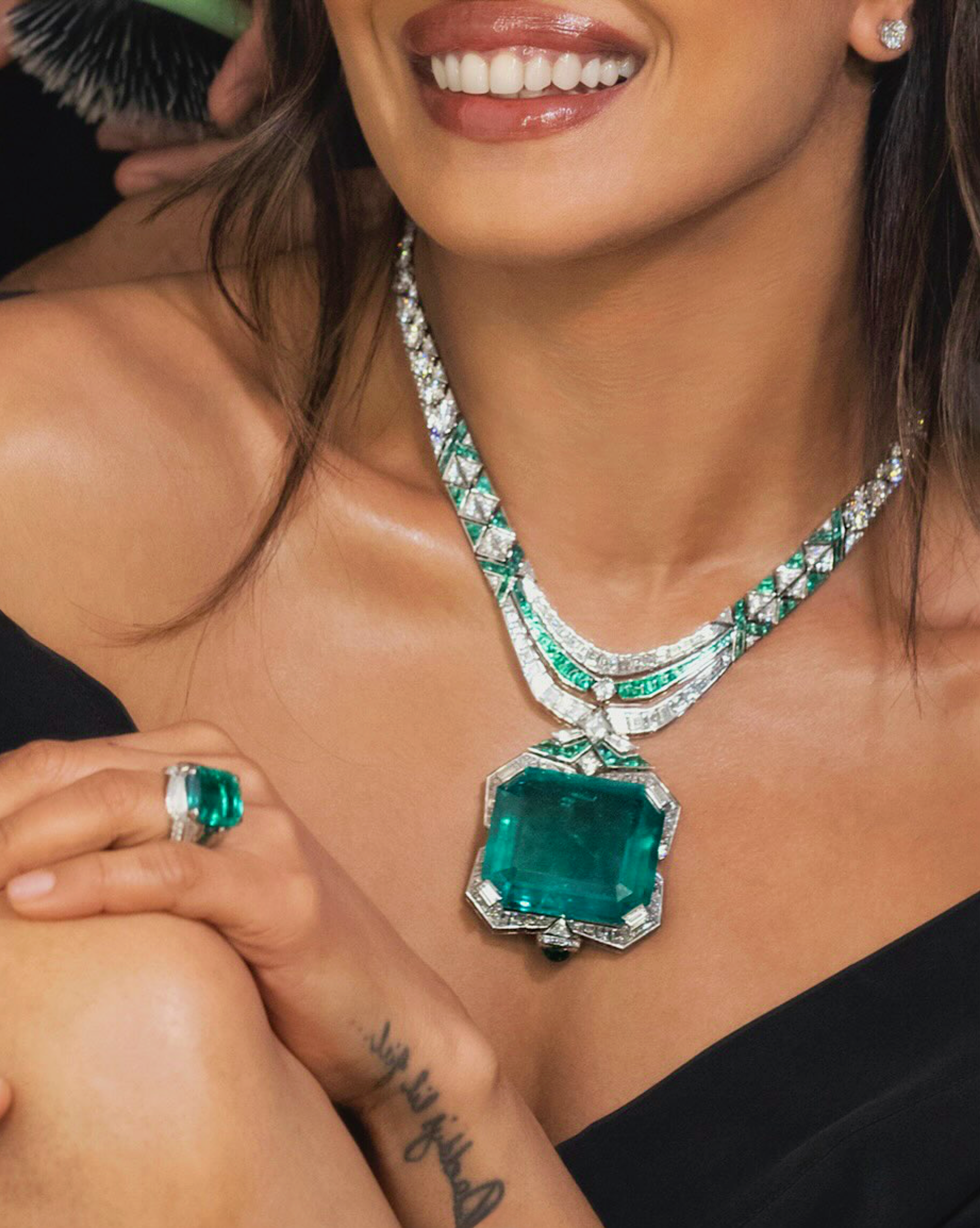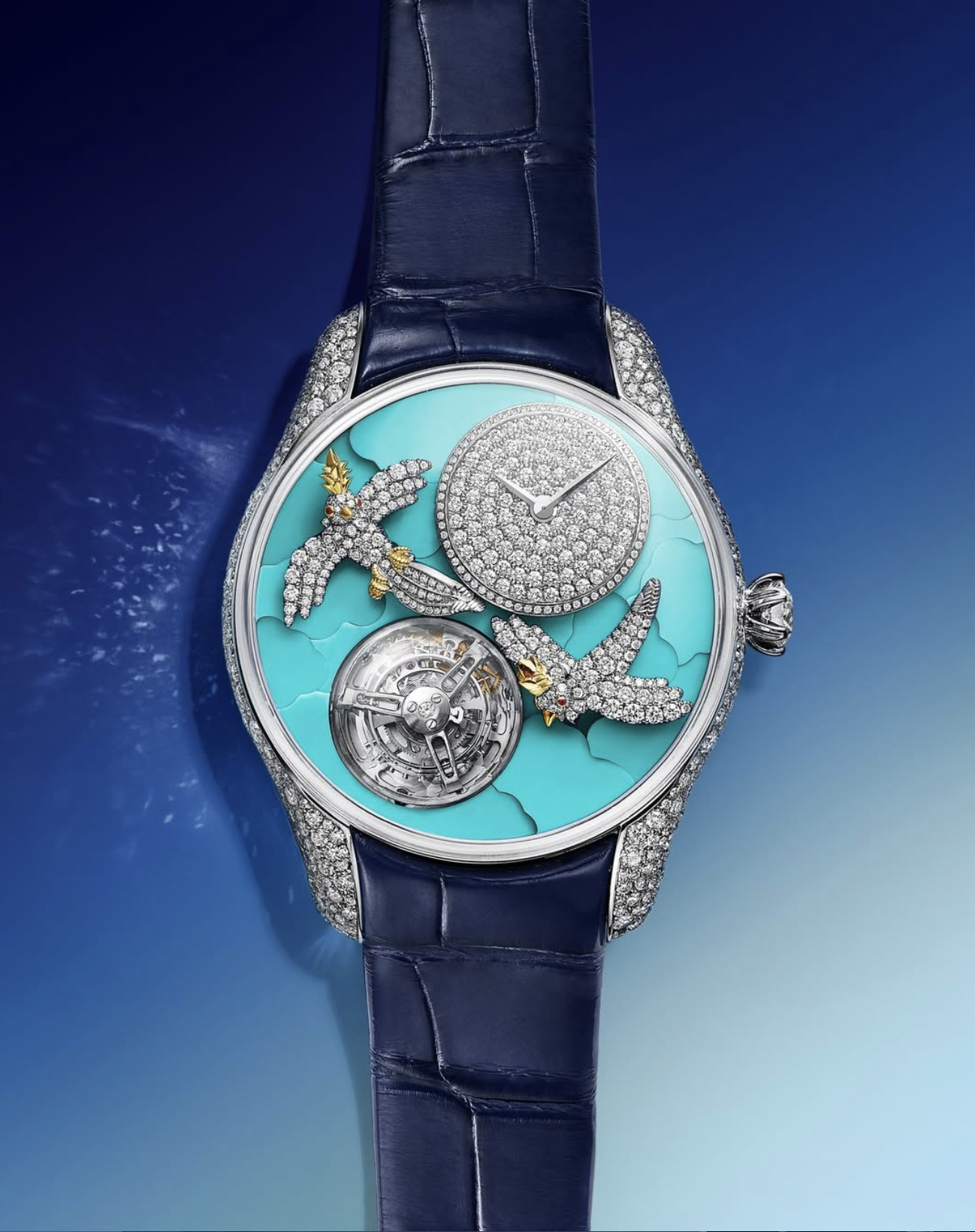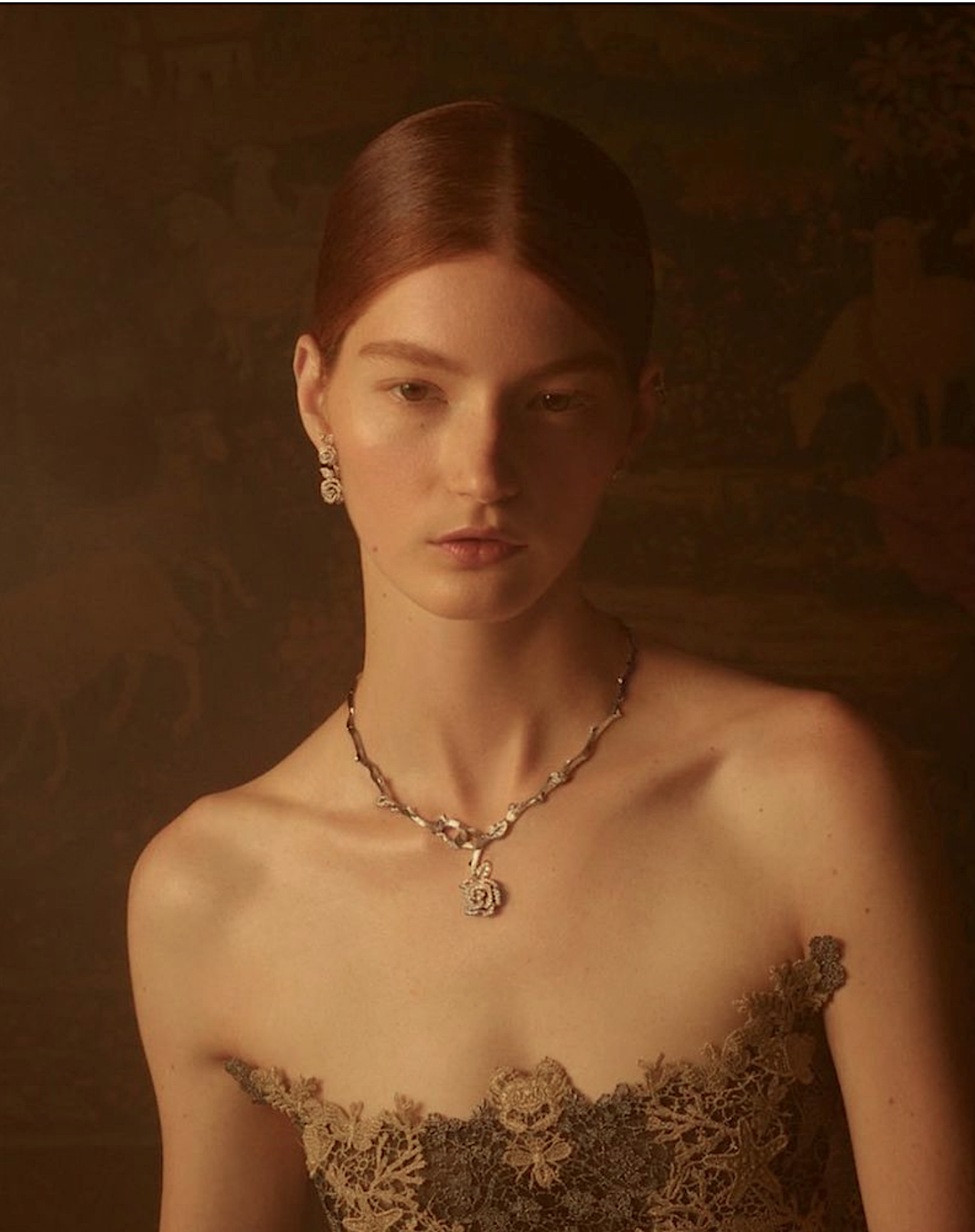10 Things to Love About Copper Jewelry and Ancient Goddesses
/Early Human Jewelry and Adornment
The human desire for self-adornment is universal, and writing about copper jewelry trends should be a snap for most people. Not for Anne.
Only Anne of Carversville whips up a narrative around copper jewelry that takes us back to the dawn of human existence, and then out of Africa between 60,000 and 90,000 years ago into the Levant, a large area in the Eastern Mediterranean region of Western Asia.
Today, the Levant includes regions of Cyprus, Egypt, Iraq, Israel, Jordan, Lebanon, Palestine, Syria and Turkey.
My writing started down a simple path with a simple topic. Three days later, I’ve fallen down a rabbit hole and into a pages-long article that has left me overwhelmed by these discoveries.
I know how we got here, as this is not a new challenge for me. But, this one has been a wild ride, and defeat is not an option.
The urgency of making sense of all this copper research demands an introductory post of high merit. Surely a list of why I so love copper jewelry is possible. So here are my thoughts over the last 80 hours, based on existing archaeological evidence but also keen instincts on where this amazing story is going.
Humans Have Loved Copper Jewelry for 10-11,000 Years
Background: in understanding the importance of human history and invention, jewelry was not very high on the list of primarily male researchers and scientists.
If you are seriously into women’s history, you know that the period from 10,000 BC to the birth of Christ was a critical time for women — a time where we lost status and large degrees of control over our lives. The loss of women’s rights in ancient Greece over a 300-year period of time is staggering.
Respectable and married women in ancient Mesopotamia and in the Greek and Persian empires were first veiled in 1100-1400 BC. Let’s just call it a battle for increasing control of women’s bodies. Sound familiar?
Once women began our university educations in earnest, entering the world in large numbers, we began challenging the actual story of human development that defined us.
Beginning in the early 70s, women joined the scientific disciplines studying human evolution, the rise of Western civilization and also indigenous cultures. Their arrival into the study of human history has changed everything we know about the past — and many smart men openly admit that fact today.
Frankly, jewelry as artifacts was considered inconsequential and frivolous in the story of human development. Copper jewelry was so frivolous that the existence of The Copper Age, dating from the mid-5th millennium BC, and ending with the beginning of the Bronze Age proper, in the late 4th to 3rd millennium BC, was barely worth mentioning in the scientific community.
You’ve heard of The Stone Age and the Bronze Age. But few of us — including me — knew about The Copper Age. The REAL history of copper jewelry starts to upset several thousands of years of assumptions around women’s lives.
These are my stream-of-consciousness but constantly verified thoughts about copper jewelry — which is way more important to me today than it was Sunday.
Copper Jewelry Is the First Metal Jewelry and It’s Fundamental to Our Evolution As Humans
(1) My initial thought about copper jewelry is that it is useful, with its artisan roots DNA. Then I began reading about The Copper Age.
A copper pendant discovered in what is now northern Iraq has been dated about 8700 B.C. For nearly five millennia copper was the only metal known to man, and thus had all the metal applications. Then came gold.
Women as Stone Age Toolmakers
After first being used in jewelry, copper was adapted into tools. For centuries, the assumption was that men were the toolmakers. AOC has deep ties into Ethiopia, and there was research in 2003 confirming that Stone Age women were toolmakers. Lots of them.
AOC is well-schooled on the assumption that the earliest cave paintings were made by men. This assumption has also been overturned and confirmed multiple times since 2013.
Women As First Cave Painters and Symbols Makers
Archaeologist Dean Snow of Pennsylvania State University analyzed hand stencils found in eight cave sites in France and Spain. By comparing the relative lengths of certain fingers, Snow determined that three-quarters of the handprints were female.
"There has been a male bias in the literature for a long time," said Snow, whose research was supported by the National Geographic Society's Committee for Research and Exploration. "People have made a lot of unwarranted assumptions about who made these things, and why."
Now you understand the rabbit hole I’ve fallen into these past several days. I am out so far on a raft in the water, that writing a fashion post is impossible. So I gave up.
It is an earthshaking fact, if true, my friends, that women not only made our own copper jewelry but we were toolmakers in the Stone Age.
It does make sense that if women were making their copper jewelry but also stone tools, that we understood that there were clear benefits with both malleability and repairability to make tools from copper.
Because early jewelry didn’t carry any weight with male archaeologists and related scientists, they didn’t understand that the skills women developed making jewelry probably gave them the cognitive skills to be equal partners — if not leaders — in the transition from stone tools to copper and then onto bronze.
In no way am I excluding men from making jewery or figuring out that copper made better tools than stone. The goal is not to remove men from the narrative but to bring women in.
Copper Is An Everyman’s Artisan Metal
(2) As industrial design becomes more important in modern jewelry, the history of copper as an everyman’s artisan metal — that is also sustainable and plentiful — makes it a perfect choice. Also, copper welcomes embellishment with other gems or elements.
I’ve been studying the work of Louis Comfort Tiffany and his use of copper as the ‘glue’ in his famous lamps and also bowls and other functional pieces produced by the Tiffany studio. Copper could be made so thin that it is a web of sorts, initially holding the new structure together or acting as the base on which the jewelry piece is built. The copper web was also developed for Tiffany embellished bowls and other ‘home decor’ objects.
I’m not ready to speak to about his work, but there’s a fabulous copper recipe brewing on the Tiffany & Co stove — led by Louis Comfort Tiffany. In a nod to this great American company now owned by LVMH, I acknowledge that Tiffany has had an unusual number of female designers and artisans in its history.
Copper Is Circular and In Many Ways Sustainable
(3) Copper is one of earth’s most sustainable resources. At a time of increasing scarcity, estimates are that only about 12% of worldwide copper has been mined. The numbers are reversed for natural diamonds.
According to the U.S. Geological Survey [2018], up to 60% of all copper sources in America today come from recycled scrap for U.S. copper and brass mills, excluding wire rod. At a time when circularity is such a priority in manufacturing, copper’s sustainable DNA is fantastic.
17% of that 60% of recycled copper was old scrap being recycled a second and third time. The probability that your copper jewelry is recycled metal is almost guaranteed. Note that copper does not degrade in that process either.
On a separate note, I cannot confirm in any way that copper mining is less damaging to the environment than gold mining. More research is required.
Copper Is Organic
(4) Copper is a metal choice of less pretentious people in my opinion. Copper jewelry lovers may have major wealth, but they are more concerned with the sacred and artistic realms of human life, education and artisanship. There’s a movement among wealthy women to spend less on themselves, and donate the difference to charity.
Copper is often preferred by people not interested in impressing others, often taking a more communal approach to self-expession. Yes, the price is cheaper, but the symbolism of copper as a life force towers over gold.
Copper jewelry lovers seek harmony and balance in the human community. They are more likely to believe that privilege also brings responsibility.
Our Earthly Supply of Copper Reminds Me of Mycelium
(5) Copper jewelry is not fragile, and the term ‘rugged’ is a term often used to describe these human adornments. In reading about the composition and ‘rugged structure’ of copper and its weblike properties as a base for jewelry design, I found myself thinking about mycelium as a network of fungal threads that bears fruit as mushrooms.
Mycelium has been my obsession in 2022, thanks to Stella McCartney.
I searched for a connection between copper and mushrooms, and there is one, of course. Mushrooms are among the top sources of copper, which is necessary to good health and a smoothly-operating metabolism and immune system. Now that I am taking a mycelium extract twice daily in green tea, I have an added benefit of getting copper into my body. And new research says that there’s a correlation between copper and fat-burning in human metabolism.
Copper and Other Health Benefits - Let’s Turn to India
(6) Most people know that wearing copper jewelry is associated with certain health benefits, and AOC won’t speak of them without more research.
Having totally immersed myself in copper jewelry for three days, I’ve read no research that suggests copper jewelry harms our systems in any way. But the health benefits are both confirmed and negated in small studies. I cannot speak to this issue.
(7) My own feminine instincts and common sense point me in the direction of Ayurveda, the ancient ‘science of life’ hailing from India as far back as 6000 BC, a copper vessel has the power to supercharge its contents to bring our bodies and minds into balance.
Knowing how essential copper drinking vessels are in homes practicing Ayurveda is a strong argument for certain alleged, energy-related benefits of copper jewelry.
Copper Jewelry Was Considered Sacred and an Expression of ‘The Divine Feminine’
(8) Copper is warm but not harsh in color. It is not cold like silver; nor is it grand and ‘hot’ like gold. Copper jewelry is sensual.
(9) Copper jewelry has always been regarded as sacred, and since I began this investigation into copper jewelry specifically, there is much early human and ancient research on alchemy and the relationship of the planets. Abandoned or dismissed as folk science, there is a return to alchemy principles where copper is center stage.
Copper is aligned with Venus — both as a planet and as a goddess. This is essentially a women’s conversation for all the reasons I’ve already stated.
“Of course, what we call 'The Divine Feminine’ has a number of modern manifestations and a long religious history worldwide,” writes Amy Hale, who has a PhD in folklore and mythology from UCLA. “Goddesses were worshipped extensively in older polytheistic religions, and are heavily represented in Roman, Greek, African and Egyptian contexts. In Hinduism, Goddesses are still worshipped and Tantric Buddhism and Tantric Hinduism both have a specific focus on female deities.”
Studying those goddesses and women’s history has always a critical part of my adult life. There’s an extraordinary story to be told about my own experience with a personal necklace that I made with a copper goddess as its centerpiece.
Copper Jewelry Is Unisex
(10) Copper jewelry is unisex, whatever your pronouns. Copper jewelry as an expression of “The Divine Feminine” appeals to adventurous, inquiring-minds kinds of people. While the MAGA crowd is flipping out in America and trying to “shut the whole thing down”, it’s very clear to me that especially our younger people have very different ideas that are more compatible with the idea of “The Divine Feminine’ or the concept of “ubuntu” in South African culture, which says “I am because of you” or “we are all connected”.
Many cis men and also “third-way people”, as they have been called for thousands of years, also wear copper jewelry. AOC has watched this evolution of third-way people with respect for these “Divine Feminine” principles that search for balance in our very tumultuous-waters world. They are some of our most talented creatives, as are the rise of models of color from around the world but especially South Sudan.
AOC has posted many, many fashion stories that are inspired by “The Divine Feminine” principles. It’s very obvious to me which creatives are channeling this energy and symbolism on a visceral level and which ones aren’t.
For all the Tucker Carlson flipouts on Fox News about women’s rights destroying everything, I can’t tell you how many successful, intelligent, family-loving men I’ve heard say since the arrival of Donald Trump as president of America: “Just let women run the country. This insanity will destroy us. Women would do an infinitely better job. They are born to run the world. ”
Personally, I think we all should be wearing copper jewelry — sort of a secret society or something, as we try to move the world forward with respect and justice for all peoples past and present.
From the Stone Age to the 21th century, copper jewelry has traveled an incredible story, and surely we have more chapters to unearth. ~ Anne











